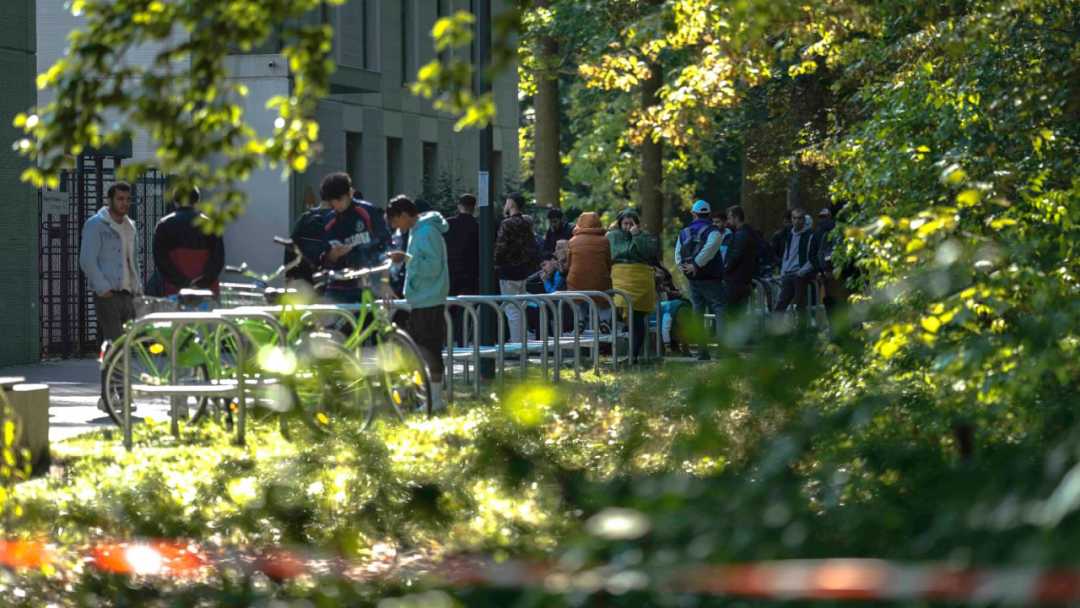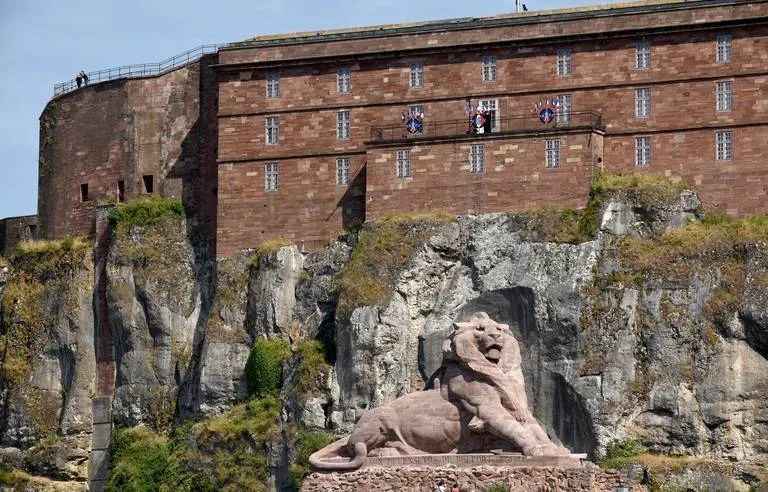
As the 21st century dawned, automotive giants abandoned century-old collaborations with independent design ateliers, opting instead for in-house design hubs. Ferrari’s Roma emerges as a prime example of this shift, a grand tourer crafted entirely within the marque’s Maranello design center—yet it remains steeped in the timeless elegance of Pininfarina’s golden era, reimagined for the modern age.
Unveiled in 2019, the Roma defies contemporary supercar tropes with its understated, sculpted silhouette. Ferrari’s in-house team, led by Flavio Manzoni, drew inspiration from 1960s GT icons like the 250 GT Lusso, blending a long hood, fastback profile, and subtle aerodynamic cues. The result is a 2+2 coupe that eschews angular aggression for flowing lines, with details like hidden door handles and a seamless front grille emphasizing sophistication. Under the hood, a 3.9-liter twin-turbo V8 (612 hp) delivers 320 km/h top speeds, mated to an 8-speed dual-clutch transmission for both grand touring comfort and spirited performance.

Source: Images from the Internet, if there is any infringement, please contact the removal of
The Roma’s interior exemplifies Ferrari’s design evolution. Driver-focused controls coexist with luxury touches—leather upholstery, aluminum accents, and a dual-screen cockpit that balances vintage charm with modern tech. This blend reflects Ferrari’s in-house design philosophy: honoring heritage through innovation, not imitation. By overseeing every detail in-house, Ferrari ensures the Roma’s aesthetic and engineering align perfectly—a departure from the 20th-century model where design studios and manufacturers often operated in silos. As a result, the Roma stands as a testament to how in-house design has enabled brands to preserve legacy while driving innovation, crafting icons that are both timeless and thoroughly contemporary.






